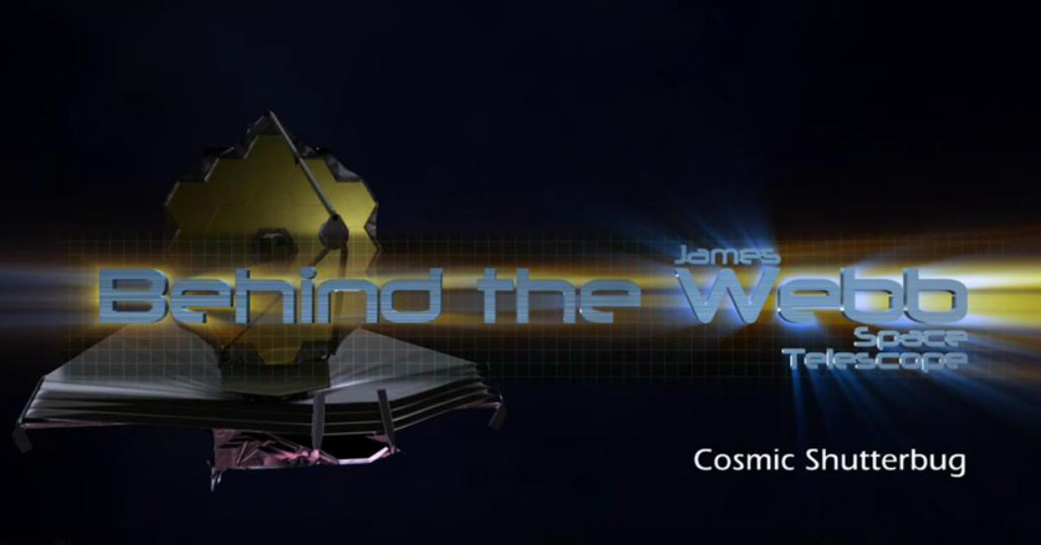The newest video in the “Behind the Webb” series, called “Cosmic Shutterbug,” provides a look at how tiny “microshutters” will open to give NASA’s James Webb Space Telescope the capability to see farther in the universe than ever before.
In “Cosmic Shutterbug,” viewers go into the cleanroom in Airbus Defense and Space (formerly known as Astrium) in Ottobrum, Germany to see the microshutters. The microshutters are housed in the Near Infrared Spectrograph (NIRSpec) instrument that will fly aboard the Webb telescope.
NIRSpec is a powerful instrument that will record the spectra of light from distant objects. The microshutters, a key component of NIRSpec, are a new technology specifically developed for the Webb telescope.
Microshutters are basically tiny doors with shutters that each measure 100 by 200 microns, or about the size of a bundle of only a few human hairs. The microshutter device can select many objects in one viewing for simultaneous observation and it is programmable for any field of objects in the sky. They were conceptualized and created at NASA Goddard Space Flight Center in Greenbelt, Maryland.
“You’ll see thousands of doors in this array called microshutters,” said Ralf Maurer NIRSpec Project Manager, Airbus Defense and Space, Germany. “If the doors are open, you can have a look to the universe.”
The entire microshutter device consists of four quadrants with ~250,000 individual doors with shutters arrayed in a waffle-like grid. One of four array quadrants of the microshutter device is about the size of a postage stamp. Four of these arrays are butted together two-by-two into one microshutter device.
Harvey Moseley, an Astrophysicist at NASA Goddard explained how the microshutters open and close: “To open the shutters, we use a magnetic field (when a magnet sweeps in front the microshutters),” Moseley said. “We can actually open any single shutter in the entire array.”
An open shutter lets light from a selected target in a particular part of the sky pass through to NIRSpec’s detectors while a closed shutter blocks unwanted light from any objects that scientists don’t want to observe. It is this programmable control that allows the instrument to do spectroscopy on multiple selected objects simultaneously.
The video series takes viewers behind the scenes to understand more about the Webb telescope, the world’s next-generation space observatory and successor to NASA’s Hubble Space Telescope. Designed to be the most powerful space telescope ever built, Webb will observe the most distant objects in the universe, provide images of the first galaxies formed and study newly discovered planets around distant stars.
The Webb telescope is a joint project of NASA, the European Space Agency and the Canadian Space Agency.
The 3 minute and 36 second video was produced at the Space Telescope Science Institute (STScI) in Baltimore, which conducts Hubble science operations. STScI is operated for NASA by the Association of Universities for Research in Astronomy Inc. in Washington. The “Behind the Webb” video series is available in HQ, large and small Quicktime formats, HD, large and small WMV formats, and HD, large and small Xvid formats.
For more information about the Webb telescope, visit: www.jwst.nasa.gov or www.nasa.gov/webb
To see the Behind the Webb’s “Cosmic Shutterbug” video, visit:http://webbtelescope.org/webb_telescope/behind_the_webb/episodes/27





























